Taking It to the Streets: Celebrating Juneteenth in Austin, Texas
Taking It to the Streets: Celebrating Juneteenth in Austin, Texas
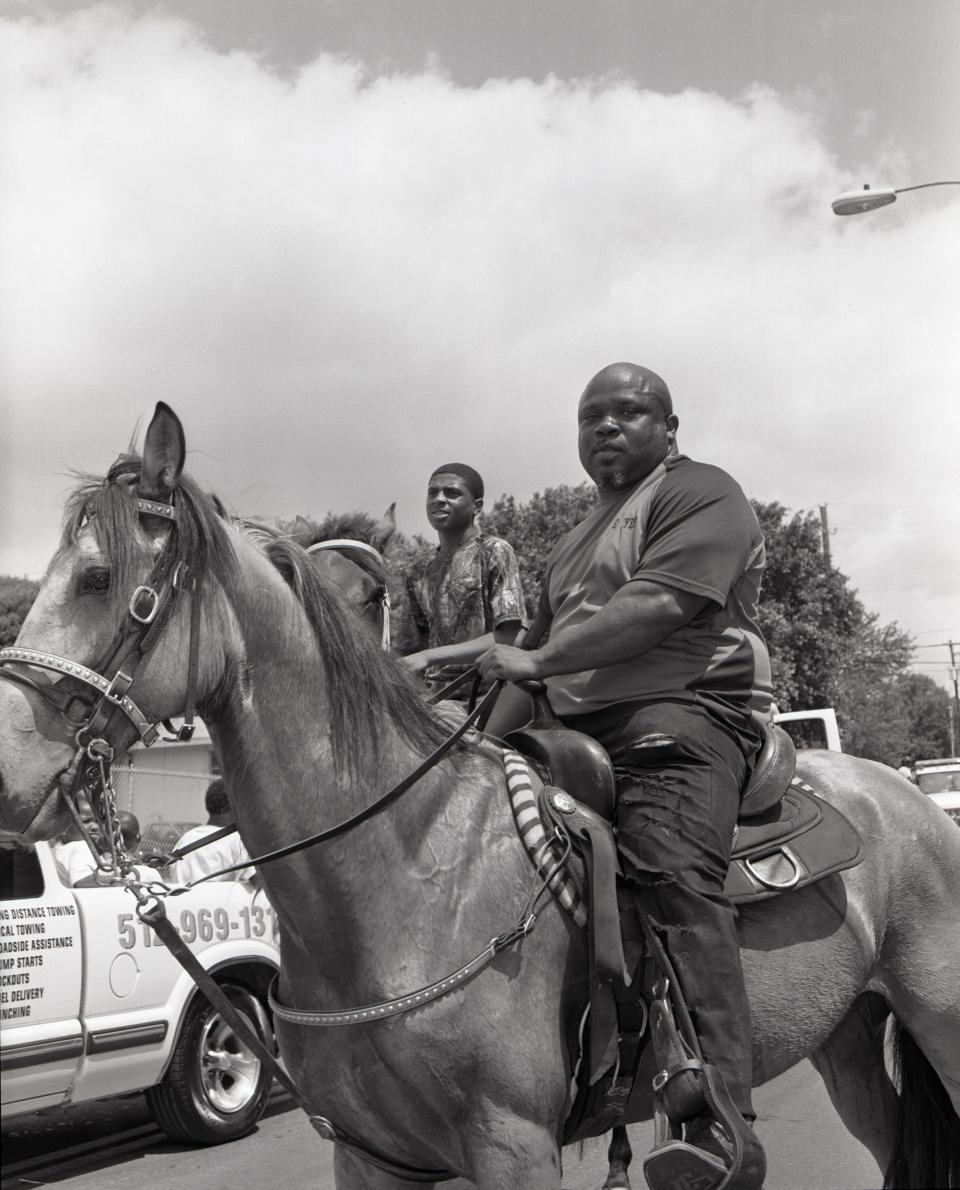


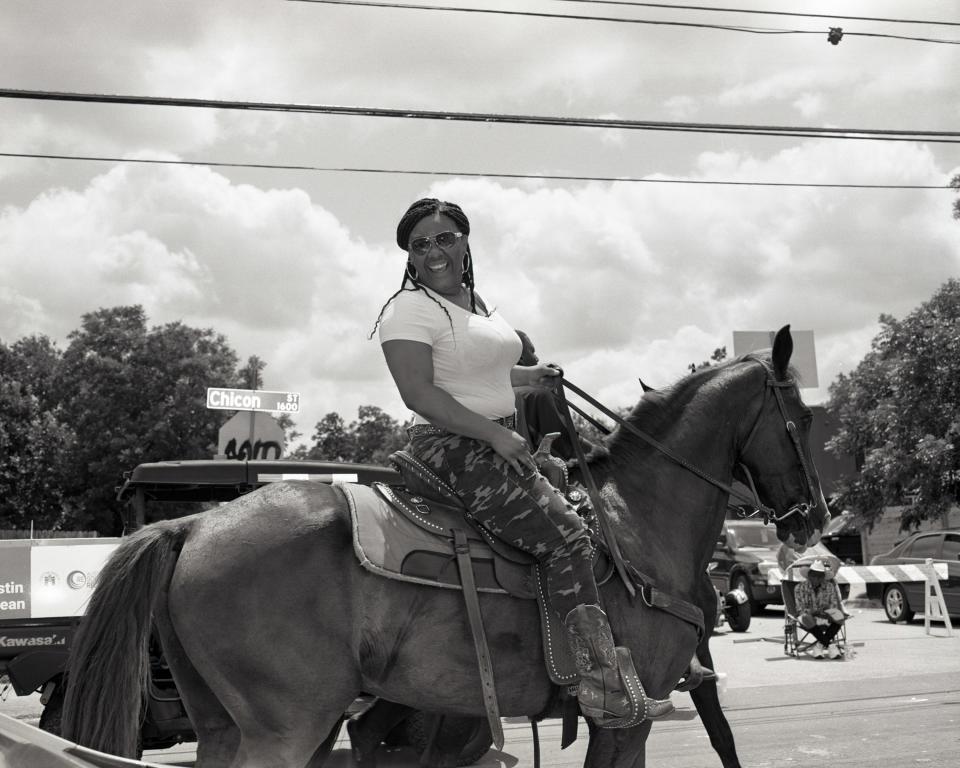



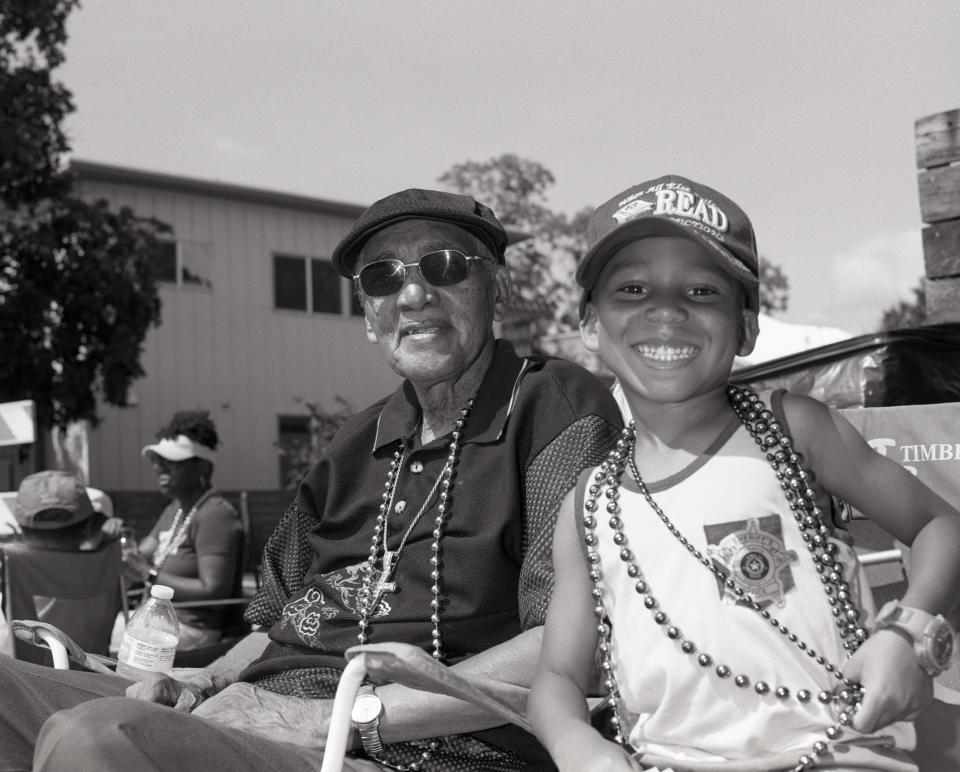
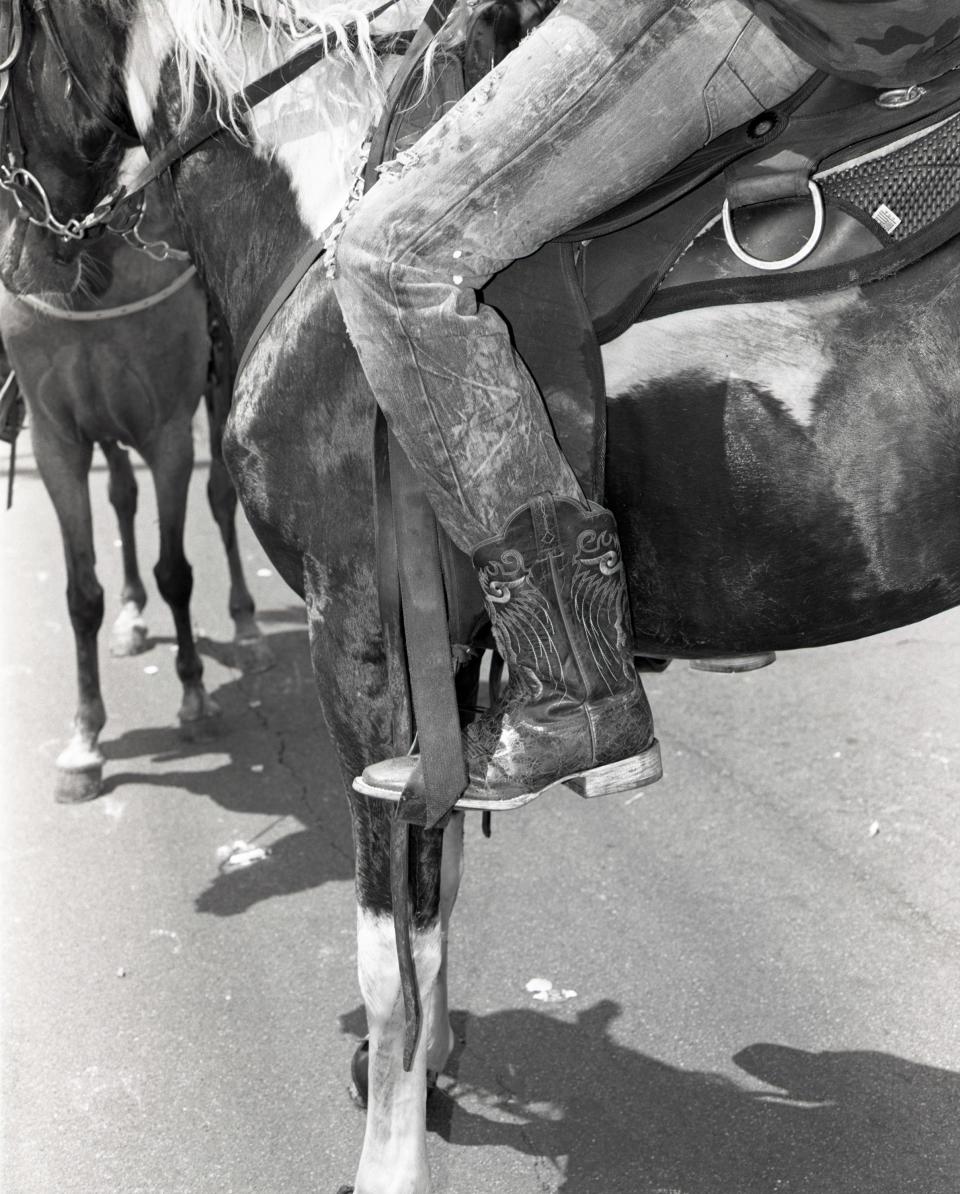
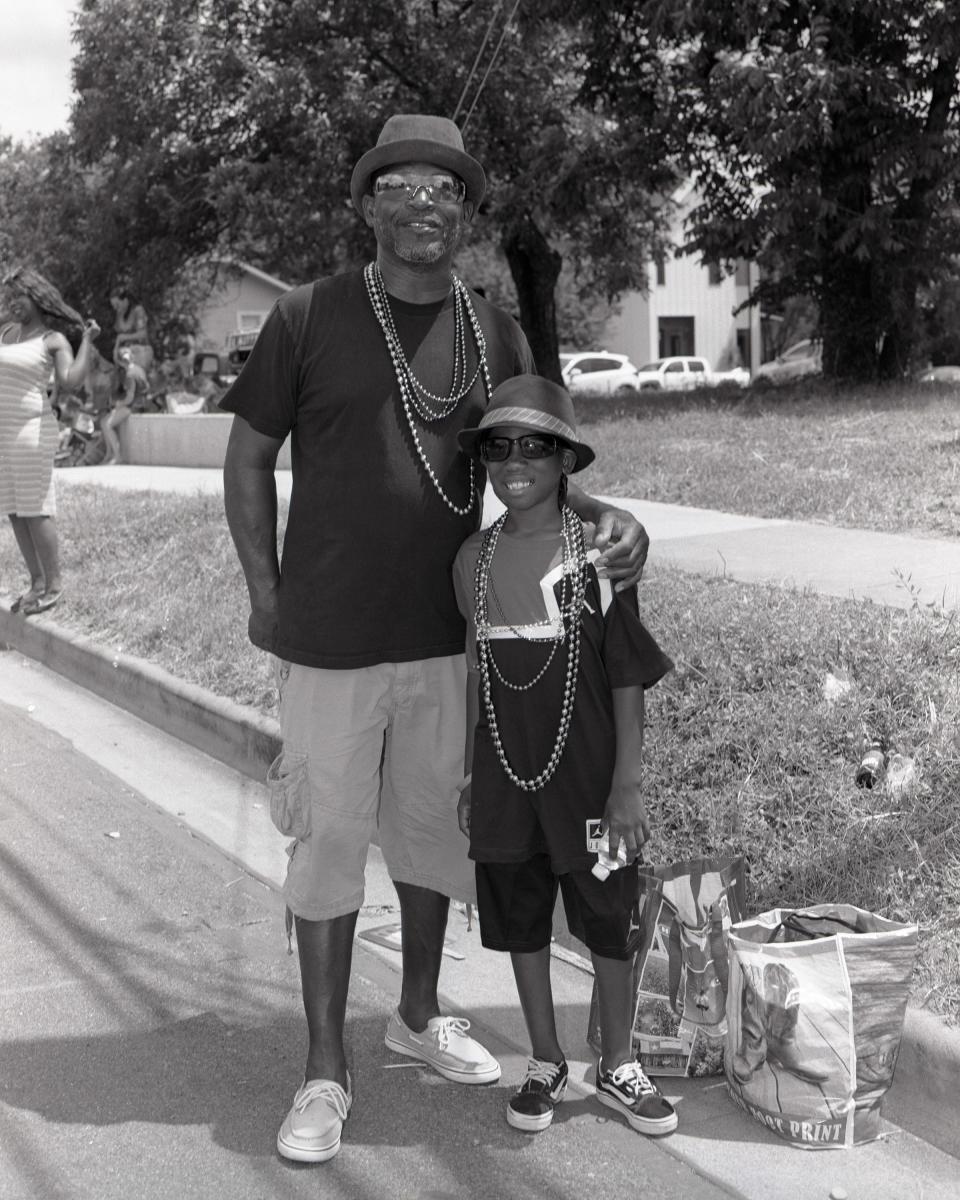
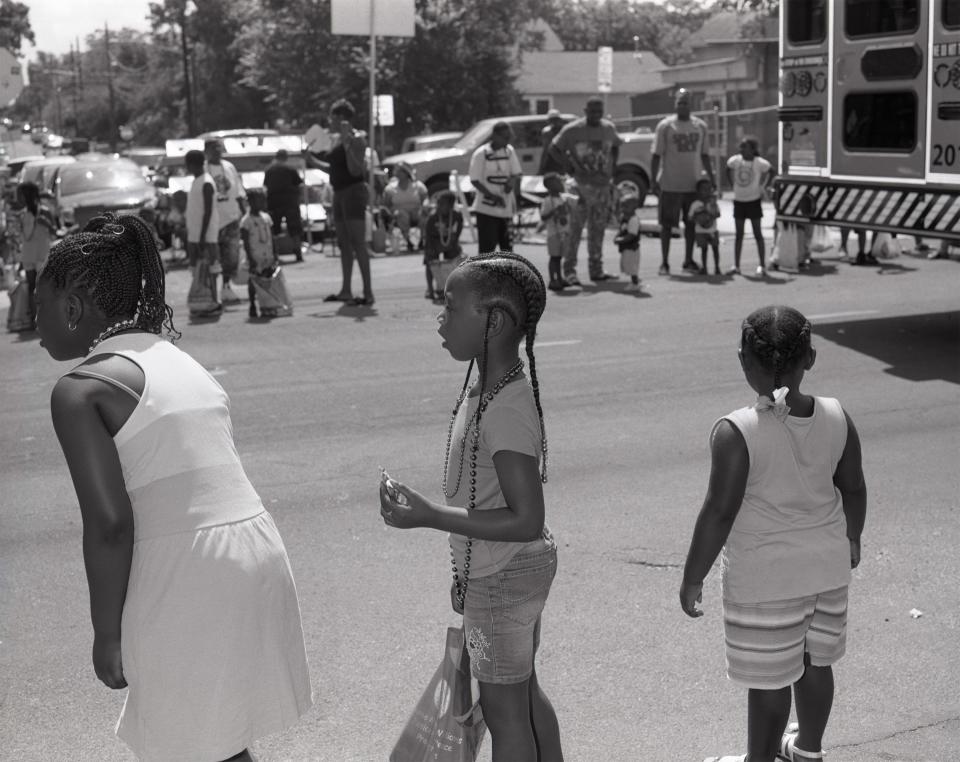
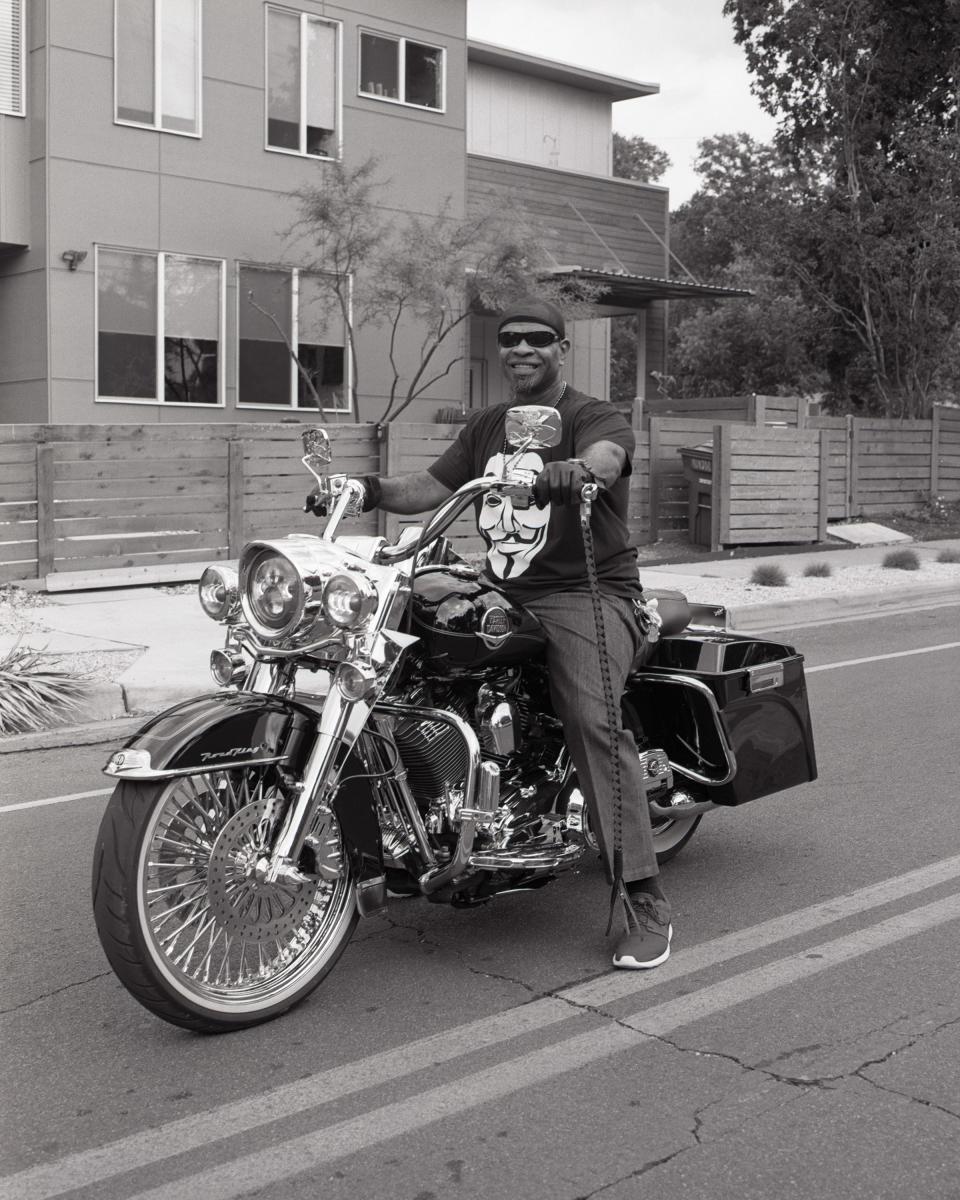
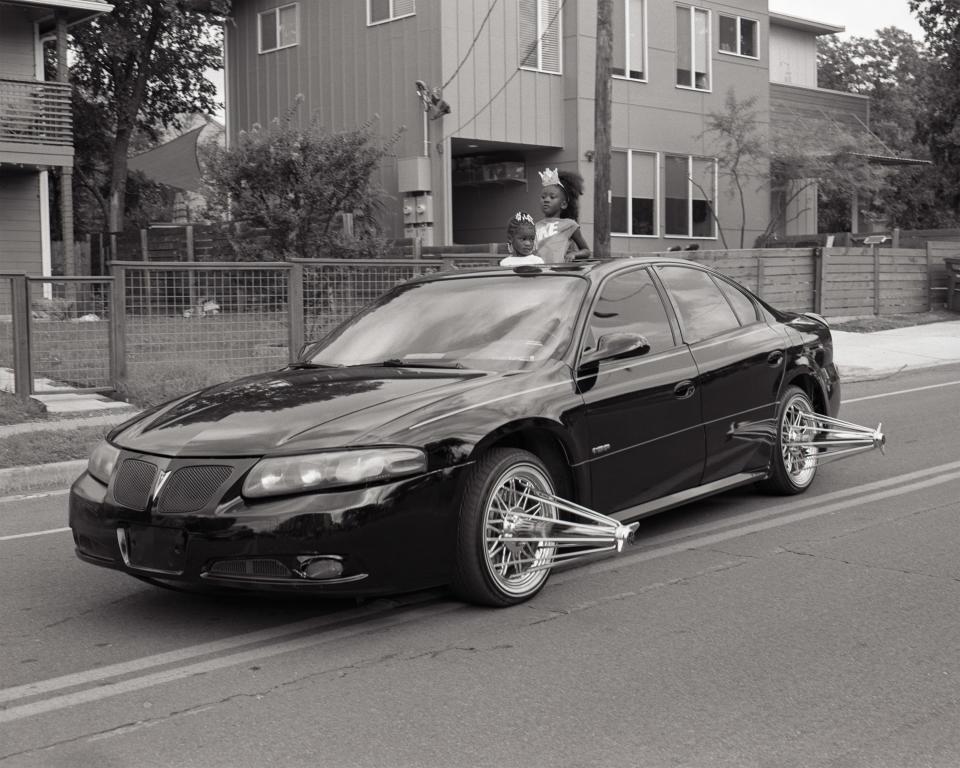
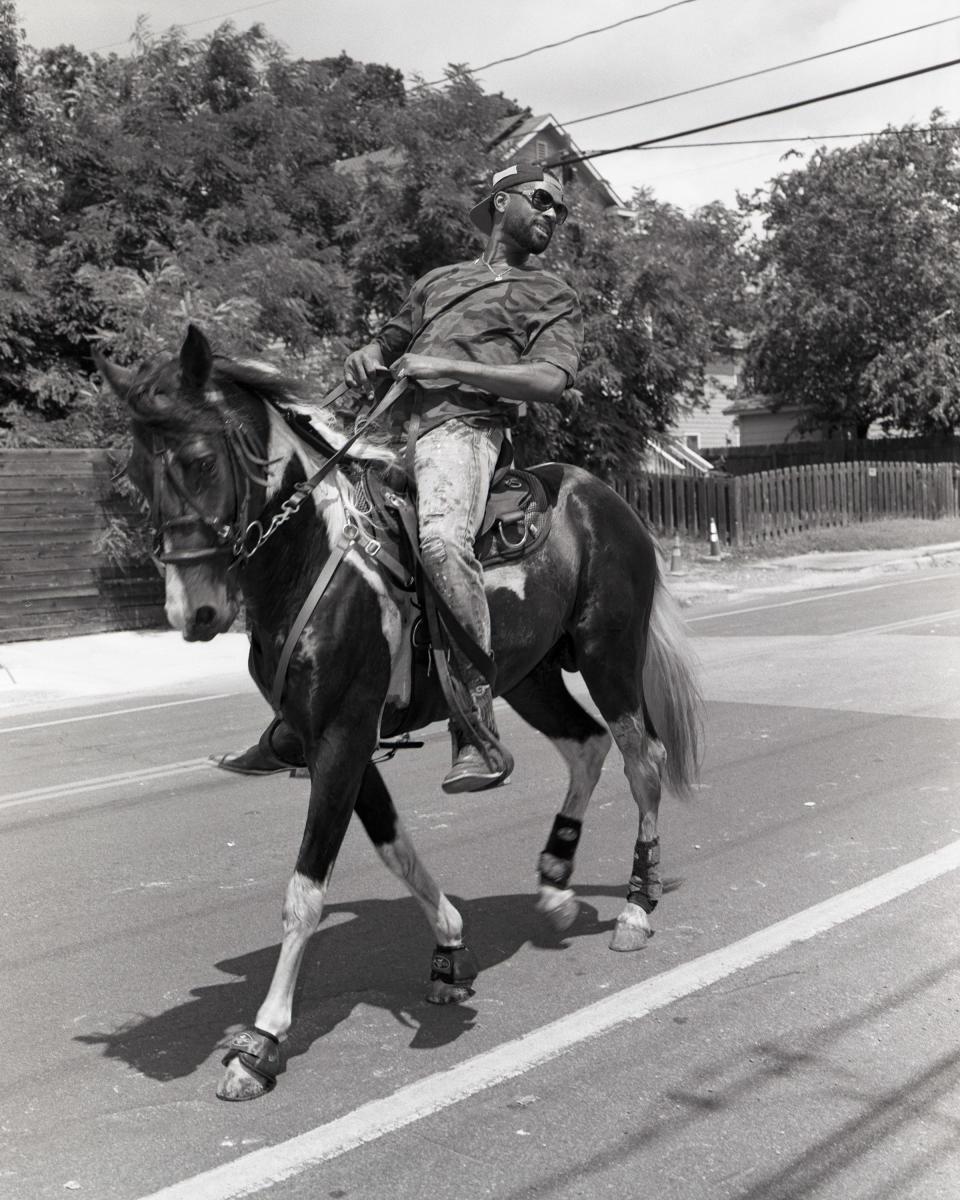
On June 19, 1865, slavery finally ended in the United States. Union soldiers arrived in Galveston, Texas, and announced that the Civil War was over, the Union Army was victorious, the Confederacy was crushed, and all those who had been held in bondage were now free. It was wonderful news—but it came two and a half years late: President Lincoln’s: Emancipation Proclamation actually took effect on January 1, 1863.
Why did the word take so long to reach Texas? Yes, there was no Internet, no television, no radio, no means of mass communication—but still—two and a half years? There are a number of theories to explain this unconscionable delay, and the explanations range from the incredible—the messenger carrying this vital information was murdered; to the infuriating—union soldiers deliberately sat on the announcement so that slave-owners could exploit their unpaid labor force for one last cotton crop. Whatever the reason, on this day in 1865, the wait was finally over. The people of Texas were liberated, and contemporary sources report that the news was met with dancing in the streets.
The celebration remembering that day, known as Juneteenth—a contraction of the date—is the oldest holiday in the United States celebrating the end of slavery. Today, there are Juneteenth parades all over the country, from Charleston, South Carolina, to Valdosta, Georgia, to Flint Michigan, to Sioux Falls, South Dakota, to Jersey City, New Jersey, to Milwaukee, Wisconsin.
The photographs here were taken at this year’s Austin, Texas parade Rahim Fortune, who grew up in Austin and has been shooting the celebration there since 2016. He explains that the event is a long-standing tradition in his hometown. “Austin became a popular destination for many newly freed people after the Emancipation,” Fortune says. “The people on horseback are members of local horse groups, the main one is called the Rich Gang Riders. The parade has become a particularly special day for the black community in Austin, given the amount of gentrification over the last 10 years."
On horses, on car hoods, on foot, the people of Austin joined Americans from all over the country in marking this amazing day.
Originally Appeared on Vogue

